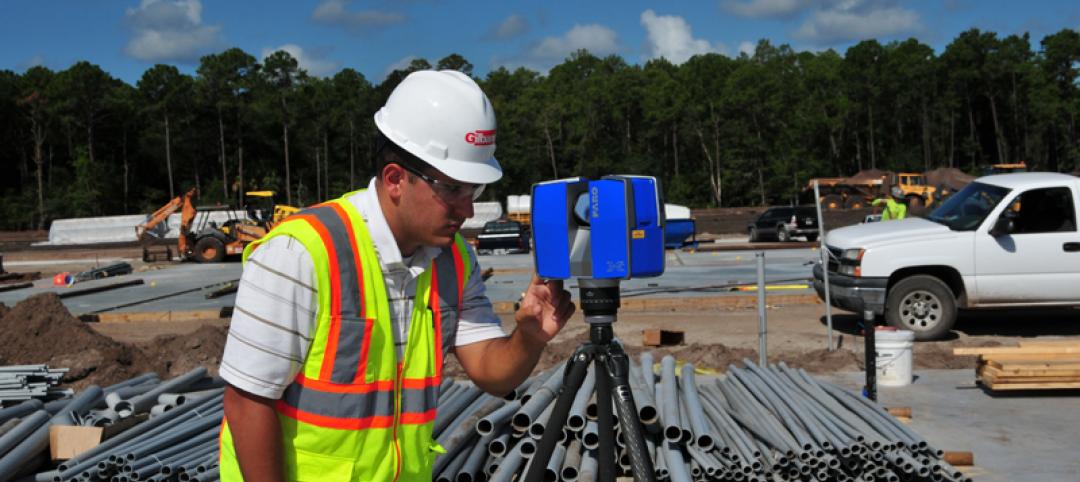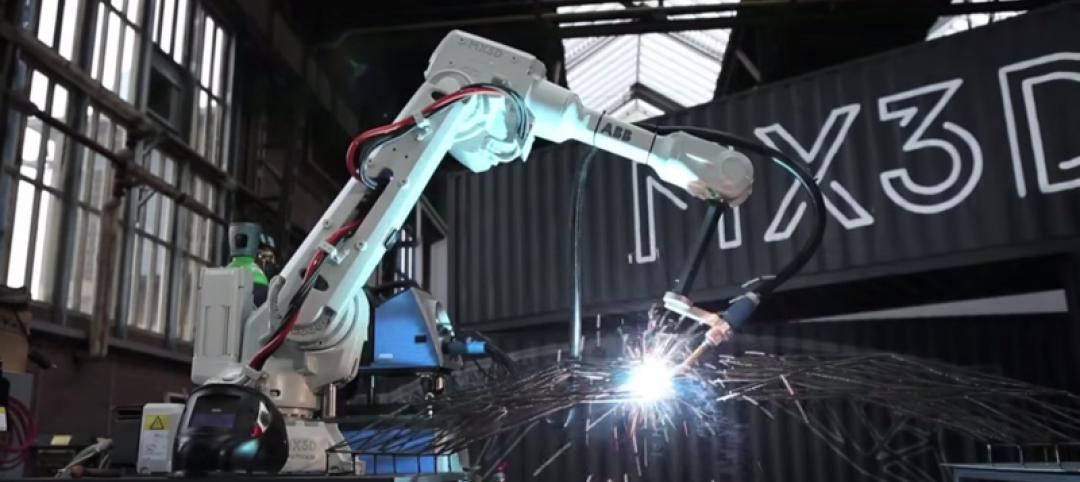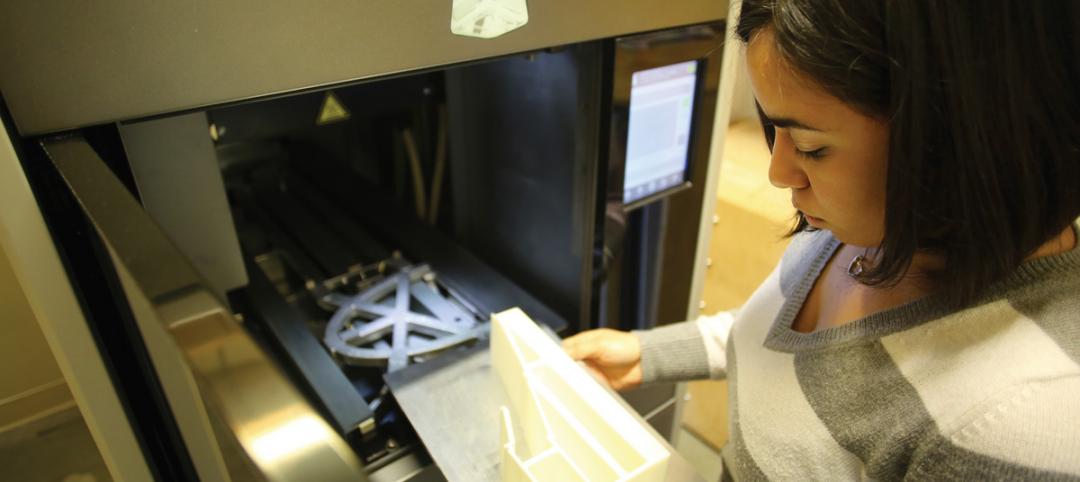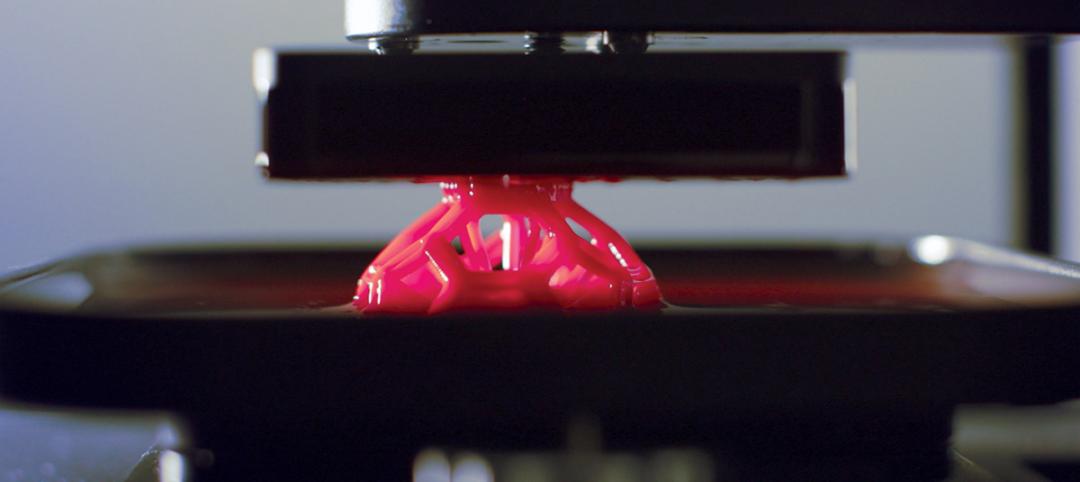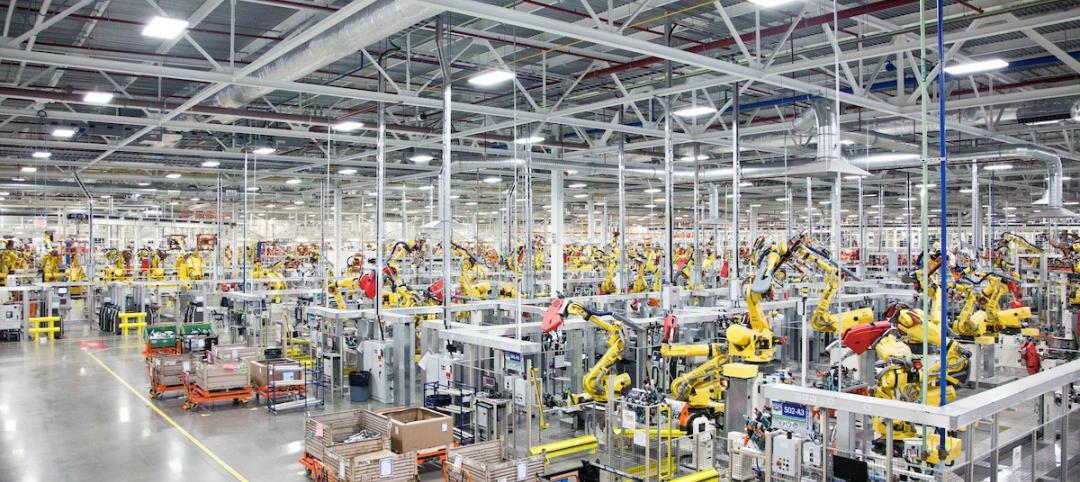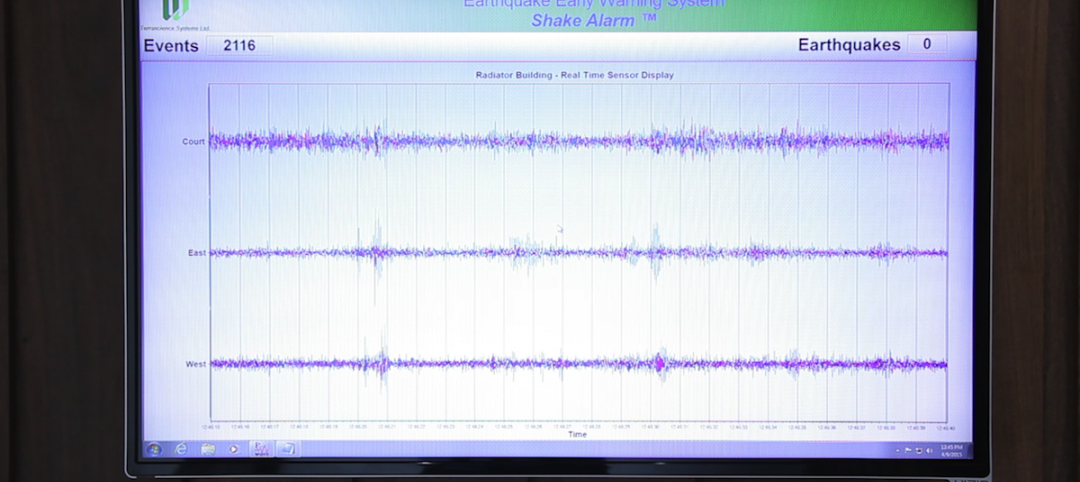Applied Software, a building information modeling (BIM) services provider as well as a provider of Autodesk 2D and 3D CAD products and services, announced it has earned the new MEP Systems Engineering Specialization designation for value added resellers (VARs) from Autodesk Inc. As an Autodesk Specialized Partner, Applied Software has shown it has made significant investment in its people, has a solid business plan specific to the specialization area, has strong customer references, and can provide a high level of knowledge and support to companies in the AEC industry.
The new Autodesk Partner Specializations enable VARs to highlight and brand their expertise in delivering services in key industry areas. By completing the required curriculum and training, as well as meeting required levels of service and standards set by Autodesk, companies can demonstrate what it means to be a trusted adviser to Autodesk customers.
“Earning the Autodesk MEP Systems Engineering Specialization certification is an important achievement and a testament to our extraordinary team of MEP systems engineering experts,” said Steve Foran, Applied Software’s VP of Operations. “This distinction verifies our success in helping customers get the most out of Autodesk products used for mechanical, engineering, and plumbing design projects, especially 3D design and building information modeling.” +
Related Stories
BIM and Information Technology | Jul 1, 2015
World’s first fully 3D-printed office to be produced in Dubai
A 20-foot-tall printer will be needed for the project, spewing out construction material consisting of special reinforced concrete, fiber reinforced plastic, and glass fiber reinforced gypsum.
Sponsored | BIM and Information Technology | Jun 23, 2015
Emerging technology reinvents construction principals
Gilbane discovered the anecdotal side of laser scanning pales in comparison to the dramatic ROI story.
BIM and Information Technology | Jun 23, 2015
A steel bridge in Amsterdam will be 3D printed
To complete the bridge, multi-axis industrial robots will be fitted with 3D printing tools and controlled using custom software that enables the robots to print metals, plastics, and combinations of materials.
BIM and Information Technology | Jun 21, 2015
11 tips for mastering 3D printing in the AEC world
Early adopters provide first-hand advice on the trials and tribulations of marrying 3D printing with the science of building technology.
BIM and Information Technology | Jun 16, 2015
What’s next for 3D printing in design and construction?
The 3D printer industry keeps making strides in technology and affordability. Machines can now print with all sorts of powderized materials, from concrete to chocolate.
BIM and Information Technology | Jun 15, 2015
Arup report predicts future of manufacturing
Human-robot collaboration, self-cleaning and self-healing materials, mass customization, and 3D printing will herald a new "golden age" of production.
BIM and Information Technology | Jun 14, 2015
Deep data: How greater intelligence can lead to better buildings
The buzzword may be “Big Data,” but the reality is that Building Teams need to burrow deep into those huge datasets in the course of designing and building new facilities. Much of the information is free. You just need to dig for it.
Smart Buildings | Jun 11, 2015
Google launches company to improve city living
The search engine giant is yet again diversifying its products. Google has co-created a startup, called Sidewalk Labs, that will focus on “developing innovative technologies to improve cities.”
Seismic Design | Jun 9, 2015
First building-specific earthquake warning system installed in North Portland, Ore.
The ShakeAlarm system recognizes and quantifies the faster but lower-energy seismic P-wave, which is the precursor to the more damaging S-wave.
BIM and Information Technology | Jun 8, 2015
Ready for takeoff: Drones await clearance for job site flights
The fog is finally lifting on who will be allowed to pilot unmanned aerial vehicles.




